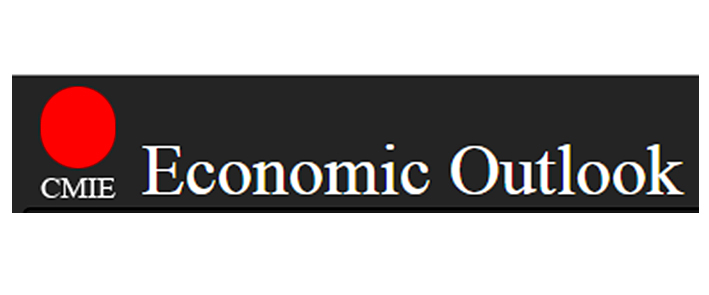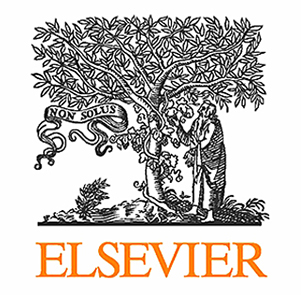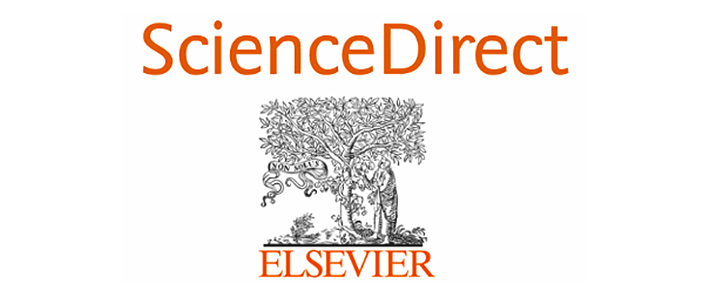A strategic nature: Public relations and the politics of American environmentalism / by Melissa Aronczyk and Maria I. Espinoza. [electronic resource]
By: Aronczyk, M. (Melissa) [author].
Contributor(s): Espinoza, M. I., (Maria I.) [author].
Material type: TextPublisher: New York : Oxford University Press, 2021Description: e-book contains 320 pages. Media type: ISBN: 9780190055387.Subject(s): Environmentalism -- Political aspects -- United States | Public relations -- United States | Climatic changes -- United States -- Public opinion | Mass media and public opinion -- United States | Society and Culture | SociologyDDC classification: 363.700973 Online resources: https://academic.oup.com/book/39011 Click here
TextPublisher: New York : Oxford University Press, 2021Description: e-book contains 320 pages. Media type: ISBN: 9780190055387.Subject(s): Environmentalism -- Political aspects -- United States | Public relations -- United States | Climatic changes -- United States -- Public opinion | Mass media and public opinion -- United States | Society and Culture | SociologyDDC classification: 363.700973 Online resources: https://academic.oup.com/book/39011 Click here | Item type | Current location | Collection | Call number | Status | Date due | Barcode |
|---|---|---|---|---|---|---|
 E-Book
E-Book
|
WWW | Non-fiction | 363.700973 STR/K (Browse shelf) | Available | EB760 |
Includes index.
Contents
Front Matter
Copyright Page
ExpandFigures and Tables
Abbreviations
Acknowledgments
ExpandIntroduction Public Relations and Its Problems
View chapter
Expand1 Seeing Like a Publicist: How the Environment Became an Issue
View chapter
Expand2 Bringing the Outside In: Managing the “External Environment”
View chapter
Expand3 Environment, Energy, Economy: The Campaign for Balance
View chapter
Expand4 PR for the Public Interest: The Rule of Reason and the Hazards of Environmental Consensus
View chapter
Expand5 Sustainable Communication: Green PR and the Export of Corporate Environmentalism
View chapter
Expand6 The Climate of Publicity: Climate Advocates and the Compromise of PR
View chapter
Expand7 “Shared Value”: Promoting Climate Change for Data Worlds
View chapter
Conclusion: We’re Supposed to Be Engaging
View chapter
End Matter
ExpandAppendix 1 Interviews and Observation Sites
Appendix 2 E. Bruce Harrison Company, List of Clients, 1973–1997
ExpandNotes
Bibliography
Archives and Libraries
Index
Abstract
A Strategic Nature shows how public relations has dominated public understanding of the natural environment for over 100 years. More than spin or misinformation, PR is a social and political force that shapes how we understand and address the environmental crises we now face. Drawing on interviews, ethnography, and archival research, Melissa Aronczyk and Maria I. Espinoza offer an original account of the promotional agents who have influenced public perception of the environment since the beginning of the twentieth century, revealing how professional communicators affect how we think about public knowledge and who can legitimately produce it. Instead of focusing on just the messages or the campaigns, this book provides a conceptual framework for understanding the promotional culture around the meaning of the environment. A Strategic Nature argues that it is not possible to understand the role of the environment in our everyday lives without understanding how something called “the environment” has been invented and communicated to us throughout history. To tell this story properly requires a careful account of the evolution of the institutions, norms, and movements that have pushed environmental concerns to the fore of public opinion and political action. But it also demands an examination of the simultaneous evolution of professional communicators and the formation of their institutions, norms, and movements. Without this piece of the puzzle, we miss crucial ways that struggles are won, resources allocated, and beliefs fostered about environmental problems. Provided by publisher.
Description based on print version record and CIP data provided by publisher; resource not viewed.
























There are no comments for this item.